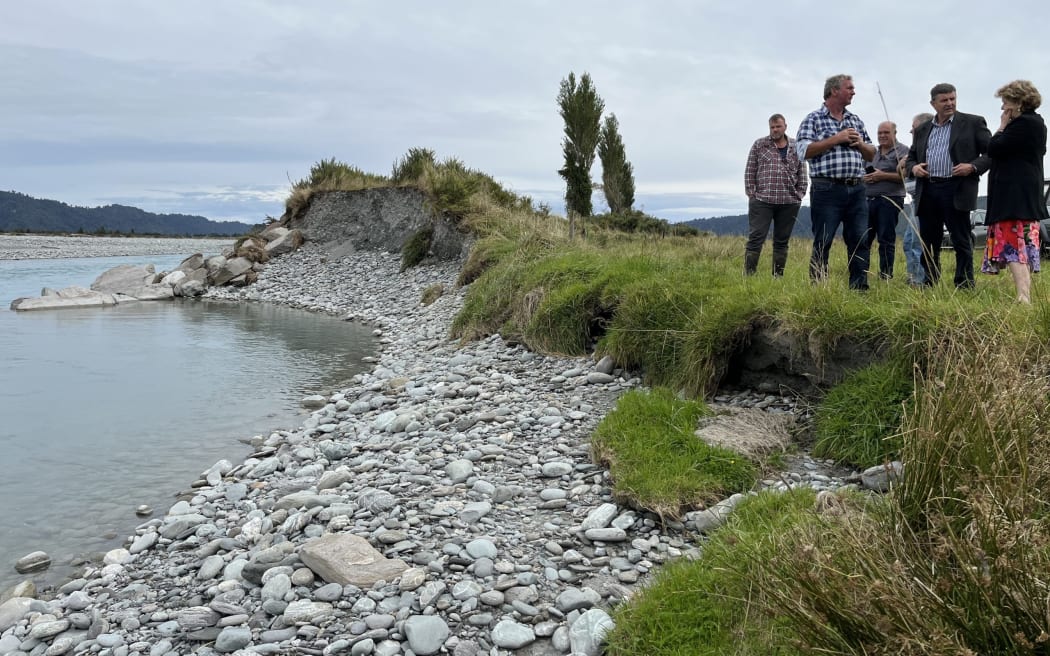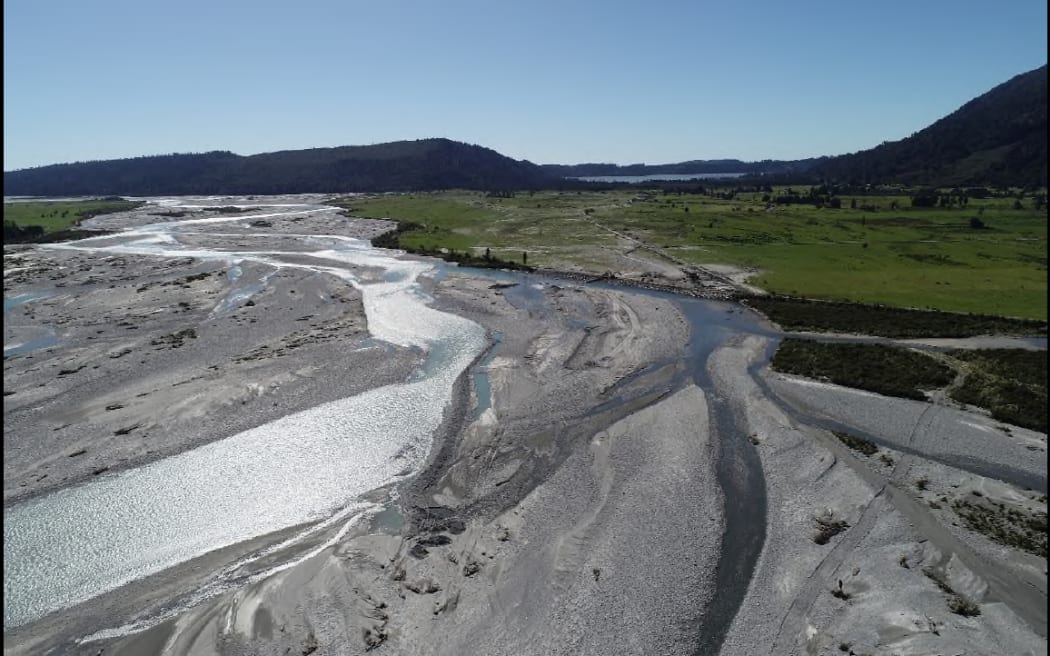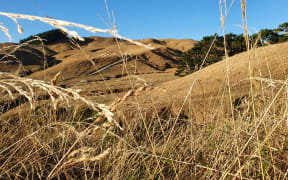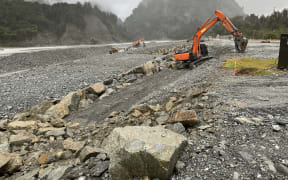
West Coast Regional Council staff, representatives and Wanganui River farmers discuss their options during a river bank visit in early March, following a moderate flood event the previous month which breached the stop bank built in the 1970s-80s. Photo: Greymouth Star / Brendon McMahon
Councils need to rethink the way they manage waterways to reduce the risk of devastating floods, Forest & Bird is warning.
The organisation's freshwater advocate Tom Kay spoke about its report, Making Room for Rivers, at a West Coast Regional Council meeting on 12 September.
The plan recommended developing a national plan for managed retreat from high risk flood plains, to allow space for waterways to flood without affecting homes and communities.
An environmental scientist, Kay noted the effects of Cyclone Gabrielle and acknowledged the West Coast was "no stranger to flood events".

Increased rainfall and more severe floods could partly be attributed to climate change, he said.
That meant previous and accepted management approaches to waterways now required urgent change.
A big concern was the progressive narrowing of natural river beds through flood banks, the loss of natural wetlands, and the resulting loss of habitat for native fish and birds, Kay said.
In one respect the West Coast was unique, because many of its catchments were relatively undisturbed and retained natural forest cover.
This "source to sea" integrity was a distinct advantage compared to Hawke's Bay, which was grappling with massive flooding impacts including forestry slash.

A view of the lower Wanganui River in South Westland showing the line of silt and debris left from where the river broke breached a stop bank and flowed across farmland towards Lake Ianthe, in the distance. Much of that farmland is reclaimed riverbed. Photo: Supplied / West Coast Regional Council
"Rivers largely remain un-encroached on the Coast. The natural assets that you have are critical to keep flood events lower," Kay said.
Constraining rivers with high stopbanks increased the depth of water when it flooded, so when a stopbank failed or was overtopped, the damage was much greater, he said.
Yet, in many cases, "we're still talking about building stopbanks".
Kay said the estimated $9 billion to $14.5b cost to the country in rebuilding following Cyclone Gabrielle was a familiar process in New Zealand, after Cyclone Bola in 1988.
Forest & Bird was not advocating a wholesale 'rewilding' of rivers by pulling back all stopbanks. But there needed to be a more strategic approach in future after flood events.
"Having more space for flood plains is much better."
It required a change of thinking in the approaches to flood mitigation and a considered policy response, he said.
"In the first instance, how we live with our rivers.
"There are opportunities for the West Coast, even as a small council, to do some really great things."
Regional council chairman Peter Haddock said he agreed the suggested approach "has a lot of valuable information for council" including the need for retreat and widening riverbeds in some areas.
That had to be balanced against the difficulty of current small population centres.
Kay said it was a valid concern and it was unrealistic to suggest moving everyone "out of risk straight away".
Local Democracy Reporting is Public Interest Journalism funded through NZ On Air




